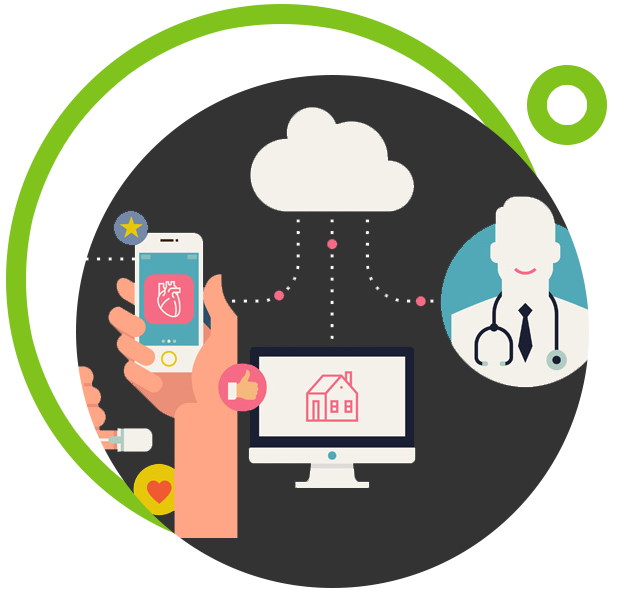 All health systems, no matter if they are small, medium, or large are dealing with increasing number of applications. The COVID-19 pandemic has accelerated digital transformation in every major sector, vastly increasing our reliance on technology to meet many of our daily needs. And healthcare is no exception! Our health systems have greatly expanded their digital footprint to better serve our patients, empowering them to perform routine tasks without leaving the comfort of their home—such as paying bills, requesting medication refills, and even receiving personal health updates digitally.
All health systems, no matter if they are small, medium, or large are dealing with increasing number of applications. The COVID-19 pandemic has accelerated digital transformation in every major sector, vastly increasing our reliance on technology to meet many of our daily needs. And healthcare is no exception! Our health systems have greatly expanded their digital footprint to better serve our patients, empowering them to perform routine tasks without leaving the comfort of their home—such as paying bills, requesting medication refills, and even receiving personal health updates digitally.
More than 30 percent of health systems are reporting that they can’t locate enough candidates to fill open positions, and all are feeling the effects of staffing shortages. Beyond recruiting, retention is even more difficult with the increase in turnover and employee burnout.
On top of this the applications that health system IT deals with are becoming increasingly complex. Most if not all applications whether it’s a desktop application, web, or mobile, integrate with each other to transfer information in real-time. There are very few standalone applications in today’s integrated environment.
So we have increasing number of complex and integrated applications in a health system with fewer people to manage and support them. This presents a significant challenge for IT departments and can also impact patient care. Helpdesk ends up relying on end-users to report production application issues to start the process of diagnosing and resolving the issues. Reliance on manual identification and reporting causes significant delay in diagnosing and fixing issues. This interruption can impact patient safety and outcomes.
Currently, most healthcare organizations have basic monitoring in place for their digital assets, such as operating system errors and breaks in connectivity. However, typically there is no active end-to-end monitoring of the production environment that would catch issues in real-time and alert the appropriate staff proactively. To keep healthcare uninterrupted, we recommend using end-to-end monitoring of applications and interfaces in your production environment.
At Tido, we realized that there had to be a better way to proactively monitor applications and interfaces in production, to make IT staff aware of the issues immediately; before the end-users are even aware that there is an issue with the system. To address this ongoing problem, we have developed high-quality automated monitoring services for healthcare systems.
- Tido’s monitoring framework uses Microsoft Azure Monitor to reduce reliance on manual reporting—helping to detect 95% of application and integration issues automatically in the production environment.
- Tido’s end-to-end monitoring framework automates application, interfaces, and data checks in EHR and all downstream applications in the production environment: PACS, Pharmacy, LAB, Cardio, Ambulatory, and more.
- Tido’s monitoring solution sends automated notifications to responsible parties and the IT help desk within seconds, alerting them about live application or interface issues to avoid unscheduled downtime and reduce patient safety issues.
Contact us to find out more about how your healthcare organization can subscribe to Tido’s end-to-end monitoring packages, to proactively maintain the quality of all the applications and interfaces in your digital health system and keep healthcare uninterrupted.